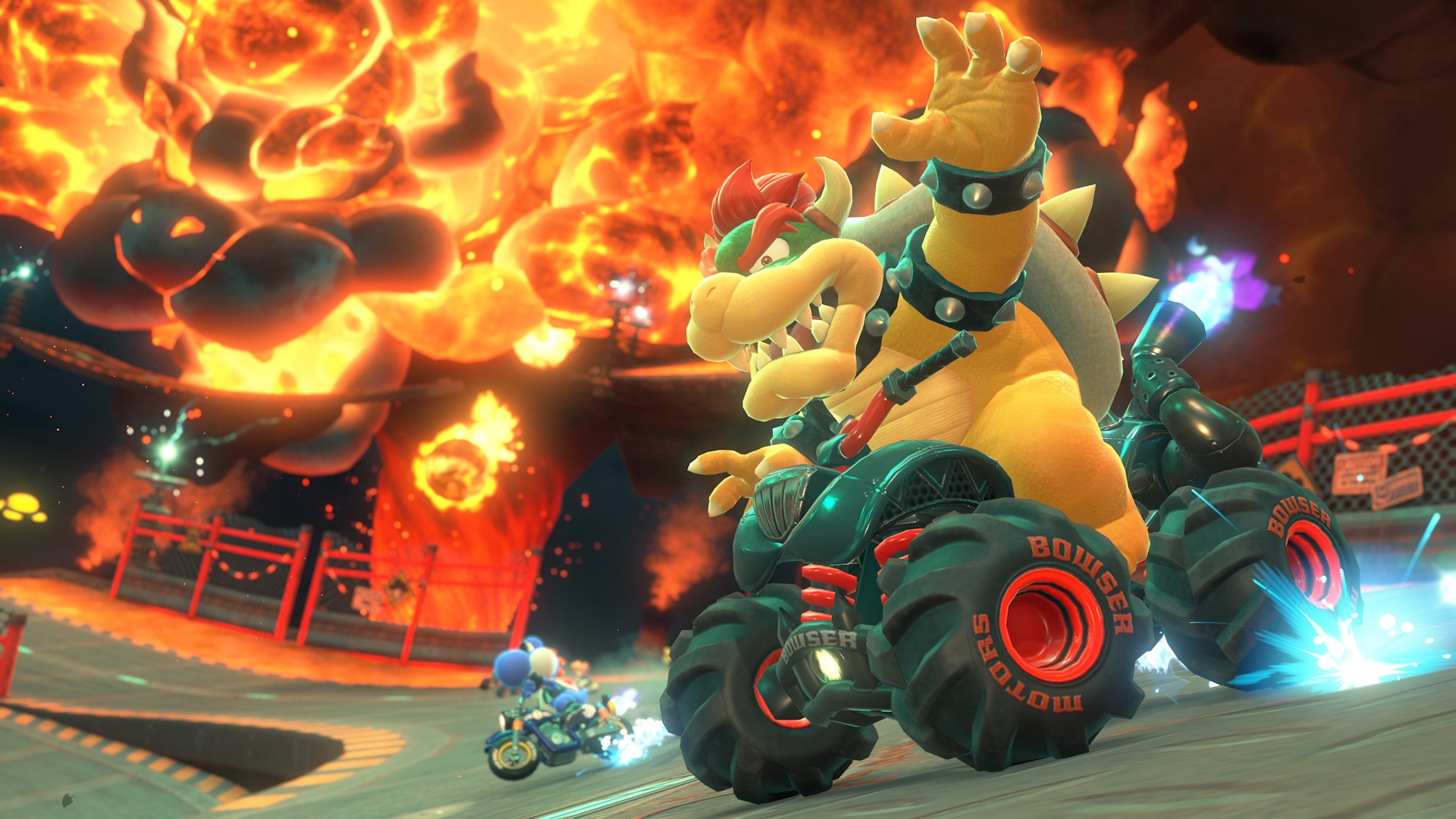Ecco The Dolphin, released by Sega and Novotrade International in the early 1990s, remains one of the most memorable titles from the Sega Genesis (Mega Drive) era.
The game introduced players to a unique underwater adventure featuring a charismatic bottlenose dolphin and a storyline that stood out due to its unexpected twists involving submerged cities, alien encounters, and time travel.
Its success on the 16-bit platform led to broad regional releases, including a meticulously localized Japanese version. Released initially in North America in 1992, Ecco The Dolphin quickly captured the imagination of Genesis players with its atmospheric soundtrack, challenging gameplay, and innovative design.
As the game's popularity grew, Sega sought to bring Ecco The Dolphin to new markets, including Japan—a process that, according to former Sega staff member Ryoichi Hasegawa, involved a level of creativity rarely seen in modern localization. In a recent online discussion, Ryoichi Hasegawa, one of the key figures behind the Japanese localization, shed light on the complexity of the task.
At the time, widely-used digital communication and translation tools such as email, spreadsheets, and Japanese-language fonts were unavailable.
Hasegawa recounted that his team operated without essential resources: "No internet, no email, no Excel, no text files, no TrueType fonts—none of the conveniences we rely on today," he explained in response to series creator Ed Annunziata. To overcome these obstacles, Hasegawa devised a manual workflow for integrating Japanese text into Ecco The Dolphin.
The process involved handcrafting bitmap images for every necessary hiragana and katakana character, as well as punctuation marks.
These bitmaps were then physically printed and sent via fax to Novotrade International’s artists in Hungary, accompanied by a codex that explained how to implement each character within the game.
Each character received a specific code: for example, H for hiragana, K for katakana, and additional formatting rules to represent vowel and consonant arrangements, as well as spaces and overstrikes.
This elaborate system allowed the developers to convert Japanese phrases into a series of codes representing each character and formatting requirement. Despite the painstaking nature of the process, Hasegawa reflected that the system proved remarkably effective.
He noted, "To my surprise, the method was quite robust—there were only a few bugs, most of them due to my own typos." Looking back, Hasegawa expressed a sense of nostalgia for those labor-intensive days, remarking, "It feels as if we were working in the stone age by today’s standards, but I still cherish those moments." Ecco The Dolphin has since become a cult classic, seeing re-releases on various platforms, including Nintendo Switch via the Sega Genesis Classics Collection and the Nintendo eShop.
Its legacy has inspired ongoing interest, with series creator Ed Annunziata revealing plans for remastered editions and a new game, as shared in an interview with Xbox Wire.
With technology having transformed the landscape of game development and localization, the next chapter of Ecco’s story is likely to unfold with far fewer hurdles than those faced by Hasegawa and the original team nearly three decades ago. The tale of Ecco The Dolphin’s Japanese release not only highlights the title’s enduring impact on the gaming world but also serves as a testament to the ingenuity of early localization experts, whose dedication helped bring iconic games to players across the globe—even in the absence of today’s modern tools.
The game introduced players to a unique underwater adventure featuring a charismatic bottlenose dolphin and a storyline that stood out due to its unexpected twists involving submerged cities, alien encounters, and time travel.
Its success on the 16-bit platform led to broad regional releases, including a meticulously localized Japanese version. Released initially in North America in 1992, Ecco The Dolphin quickly captured the imagination of Genesis players with its atmospheric soundtrack, challenging gameplay, and innovative design.
As the game's popularity grew, Sega sought to bring Ecco The Dolphin to new markets, including Japan—a process that, according to former Sega staff member Ryoichi Hasegawa, involved a level of creativity rarely seen in modern localization. In a recent online discussion, Ryoichi Hasegawa, one of the key figures behind the Japanese localization, shed light on the complexity of the task.
At the time, widely-used digital communication and translation tools such as email, spreadsheets, and Japanese-language fonts were unavailable.
Hasegawa recounted that his team operated without essential resources: "No internet, no email, no Excel, no text files, no TrueType fonts—none of the conveniences we rely on today," he explained in response to series creator Ed Annunziata. To overcome these obstacles, Hasegawa devised a manual workflow for integrating Japanese text into Ecco The Dolphin.
The process involved handcrafting bitmap images for every necessary hiragana and katakana character, as well as punctuation marks.
These bitmaps were then physically printed and sent via fax to Novotrade International’s artists in Hungary, accompanied by a codex that explained how to implement each character within the game.
Each character received a specific code: for example, H for hiragana, K for katakana, and additional formatting rules to represent vowel and consonant arrangements, as well as spaces and overstrikes.
This elaborate system allowed the developers to convert Japanese phrases into a series of codes representing each character and formatting requirement. Despite the painstaking nature of the process, Hasegawa reflected that the system proved remarkably effective.
He noted, "To my surprise, the method was quite robust—there were only a few bugs, most of them due to my own typos." Looking back, Hasegawa expressed a sense of nostalgia for those labor-intensive days, remarking, "It feels as if we were working in the stone age by today’s standards, but I still cherish those moments." Ecco The Dolphin has since become a cult classic, seeing re-releases on various platforms, including Nintendo Switch via the Sega Genesis Classics Collection and the Nintendo eShop.
Its legacy has inspired ongoing interest, with series creator Ed Annunziata revealing plans for remastered editions and a new game, as shared in an interview with Xbox Wire.
With technology having transformed the landscape of game development and localization, the next chapter of Ecco’s story is likely to unfold with far fewer hurdles than those faced by Hasegawa and the original team nearly three decades ago. The tale of Ecco The Dolphin’s Japanese release not only highlights the title’s enduring impact on the gaming world but also serves as a testament to the ingenuity of early localization experts, whose dedication helped bring iconic games to players across the globe—even in the absence of today’s modern tools.






